Home>Furniture & Design>Outdoor Furniture>How To Clean An Outdoor Rug
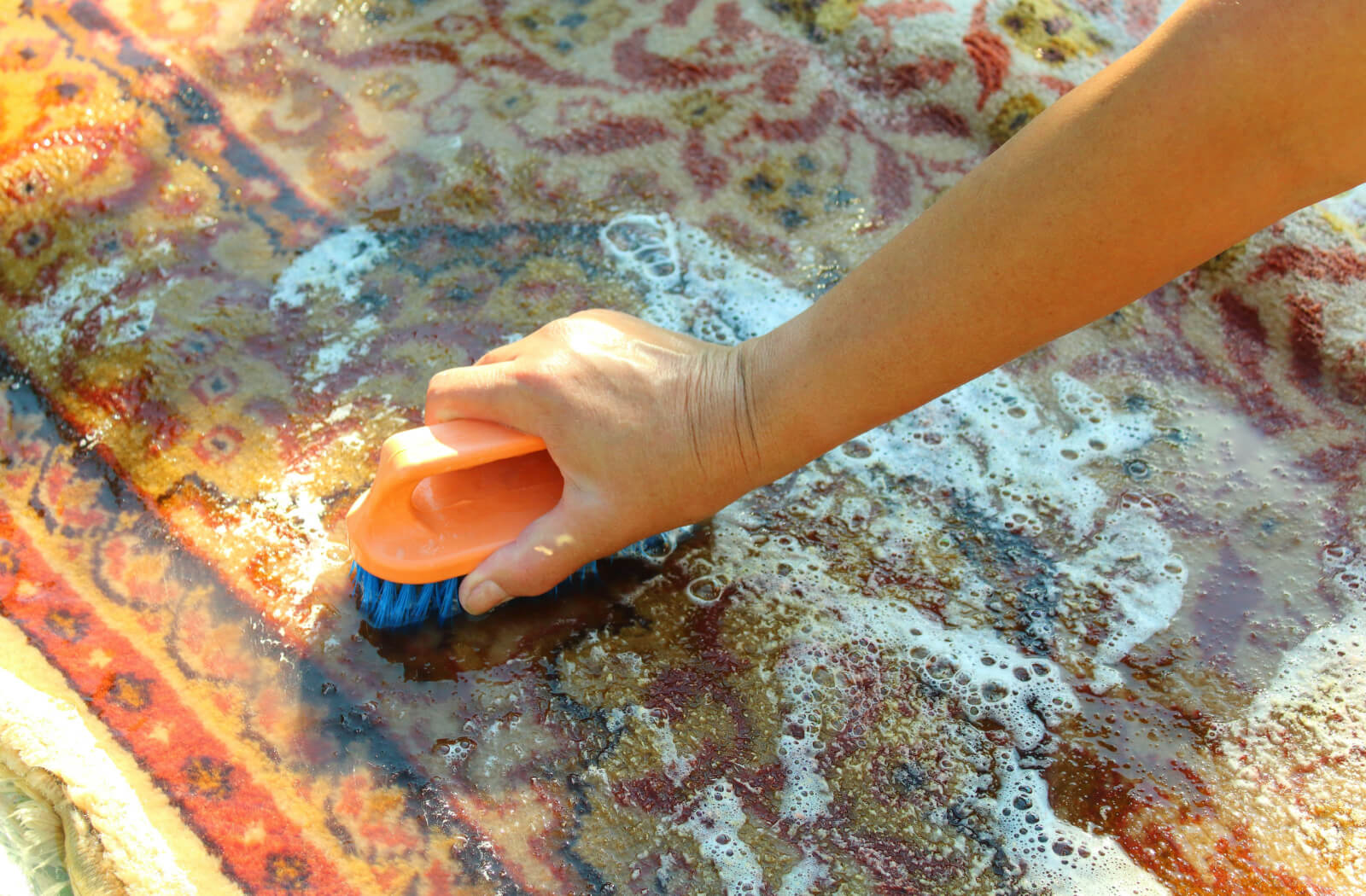

Outdoor Furniture
How To Clean An Outdoor Rug
Modified: February 17, 2024
Learn how to properly clean your outdoor rug to keep it looking fresh and vibrant. Our expert tips will help you maintain your outdoor furniture and design for years to come.
(Many of the links in this article redirect to a specific reviewed product. Your purchase of these products through affiliate links helps to generate commission for Storables.com, at no extra cost. Learn more)
Introduction
Outdoor rugs are a fantastic addition to any patio, deck, or outdoor living space. They not only add a touch of style and comfort but also serve as a protective layer for your outdoor flooring. However, with outdoor exposure comes the inevitable accumulation of dirt, stains, and grime. Regular cleaning and maintenance are essential to preserve the rug’s appearance and longevity.
In this comprehensive guide, we will walk you through the step-by-step process of cleaning an outdoor rug. From removing surface debris to tackling stubborn stains, we’ll cover everything you need to know to keep your outdoor rug looking fresh and vibrant.
So, roll up your sleeves and get ready to restore your outdoor rug to its former glory. With the right techniques and a little elbow grease, you can maintain a clean and inviting outdoor space for relaxation and entertainment.
Key Takeaways:
- Keep your outdoor rug clean and vibrant by regularly shaking or vacuuming to remove dirt and debris. Promptly spot clean stains with gentle solutions to maintain its pristine appearance and longevity.
- After cleaning, maintain your outdoor rug by rotating it, protecting it from the elements, and storing it properly. Regular maintenance and proper storage will help preserve its condition for years to come.
Read more: How To Clean Outdoor Rugs
Step 1: Shake or Vacuum the Rug
Before delving into a deep clean, start by removing loose dirt, debris, and pet hair from the outdoor rug. One effective method is to take the rug outdoors and give it a vigorous shake. This process helps dislodge surface-level particles that have settled into the fibers.
If shaking the rug isn’t feasible, using a vacuum cleaner with a brush or upholstery attachment is an excellent alternative. Ensure that the vacuum is set to a suitable height to prevent any potential damage to the rug’s fibers. Slowly and methodically move the vacuum across the entire surface, paying particular attention to high-traffic areas and spots where debris tends to accumulate.
By eliminating loose dirt and debris at the outset, you’ll pave the way for a more thorough cleaning process. This initial step sets the stage for addressing more ingrained stains and grime, ultimately enhancing the overall effectiveness of the cleaning endeavor.
Step 2: Spot Clean Stains
When it comes to outdoor rugs, stains are an inevitable occurrence. Whether it’s from accidental spills, pet mishaps, or environmental factors, addressing stains promptly is crucial to prevent them from setting and becoming more challenging to remove.
Before applying any cleaning solution, it’s essential to identify the type of stain and the rug’s material. Different stains may require specific treatment methods to achieve optimal results without causing damage. For example, organic stains like food and pet urine should be treated differently from oil-based stains such as grease or sunscreen.
To begin spot cleaning, blot the stained area with a clean, absorbent cloth to remove as much of the substance as possible. Avoid rubbing the stain, as this can spread it further into the fibers. Once excess moisture is absorbed, prepare a gentle cleaning solution suitable for the specific stain and rug material. Common solutions include a mixture of mild detergent and water, white vinegar and water, or specialized rug cleaners designed for outdoor use.
Apply the cleaning solution to the stained area using a soft-bristled brush or sponge, working from the outer edges of the stain towards the center. Allow the solution to sit for a few minutes to penetrate the fibers and break down the stain. Then, gently blot the area with a clean, damp cloth to lift the stain and cleaning solution from the rug.
Repeat the process as needed until the stain is no longer visible, taking care not to oversaturate the rug. Once the stain has been effectively treated, thoroughly rinse the cleaned area with water to remove any remaining residue. Pat the area dry with a clean towel and allow it to air-dry completely before proceeding to the next cleaning step.
By addressing stains promptly and using appropriate cleaning techniques, you can maintain the pristine appearance of your outdoor rug and prolong its lifespan.
Step 3: Wash the Rug with Water and Soap
After spot-cleaning any stains, it’s time to give your outdoor rug a thorough washing to remove accumulated dirt, grime, and residual cleaning agents. This step is essential for revitalizing the rug’s appearance and ensuring a deep clean that reaches beyond the surface.
Begin by preparing a cleaning solution using a mild liquid detergent or soap and lukewarm water. Avoid using harsh chemicals or bleach, as these can damage the rug’s fibers and colors. In a large container or a clean, empty spray bottle, mix the detergent with water to create a soapy solution.
Lay the outdoor rug flat on a clean, flat surface, such as a driveway or patio, ensuring ample space for the entire rug to be accessible. Using a soft-bristled brush, sponge, or clean cloth, apply the soapy solution to the rug in sections, working methodically to cover the entire surface. Gently scrub the rug in a circular motion, paying extra attention to areas with visible dirt or discoloration.
Allow the soapy solution to penetrate the rug’s fibers for a few minutes to loosen embedded dirt and grime. This dwell time enhances the cleaning process, making it easier to lift and remove contaminants during rinsing. Once the rug has been thoroughly scrubbed, rinse it with a steady stream of clean water, ensuring complete removal of the soapy residue.
It’s important to rinse the rug until the water runs clear, indicating that all traces of detergent have been eliminated. Any leftover soap residue can attract dirt and lead to a dull, sticky surface. After rinsing, use a squeegee or gentle pressure to remove excess water from the rug, facilitating a quicker drying process.
By washing the outdoor rug with a gentle soap and water solution, you’ll effectively cleanse the fibers and rejuvenate the rug’s appearance, setting the stage for the final steps of the cleaning process.
To clean an outdoor rug, start by shaking off any loose dirt and debris. Then, use a mixture of mild detergent and water to scrub the rug with a brush. Rinse thoroughly and let it air dry completely before putting it back in place.
Step 4: Rinse and Dry the Rug
Once the outdoor rug has been thoroughly washed, the next crucial step is to ensure proper rinsing and drying. These steps are essential for removing any remaining cleaning agents, preventing mold or mildew growth, and restoring the rug to its pristine condition.
After washing the rug with a soapy solution, it’s time to rinse it thoroughly to eliminate any lingering detergent or soap residue. Using a garden hose or a large bucket of clean water, thoroughly rinse the entire rug, paying close attention to ensure complete coverage. It’s important to remove all traces of soap to prevent residue buildup, which can attract dirt and compromise the rug’s appearance.
As you rinse the rug, gently press down on the fibers to help release any remaining soap or dirt trapped within the weave. Continue rinsing until the water runs clear, indicating that the rug is free of any residual cleaning agents. Proper rinsing is crucial for achieving a clean, refreshed rug that maintains its vibrant colors and texture.
After rinsing, it’s time to facilitate the drying process. While outdoor rugs are designed to withstand outdoor conditions, excess moisture can lead to mold and mildew growth if not addressed promptly. To expedite drying, hang the rug over a sturdy clothesline or railing, ensuring it is evenly supported to prevent stretching or distortion.
If hanging the rug is not feasible, lay it flat on a clean, dry surface with good air circulation, such as a concrete patio or a well-ventilated garage. Periodically flip the rug to promote uniform drying and prevent moisture accumulation on the underside. Avoid direct sunlight, as prolonged exposure can fade the rug’s colors.
Depending on the weather and humidity levels, the drying process may take a day or longer. It’s essential to allow the rug to air-dry completely before returning it to its designated outdoor space. Once dry, the rug will be refreshed, clean, and ready to enhance your outdoor living area with its renewed charm.
Read more: How To Clean Mildew Off Outdoor Rug
Step 5: Maintain and Store the Rug
After completing the cleaning process, maintaining and properly storing your outdoor rug is crucial for preserving its condition and extending its lifespan. By following these essential steps, you can ensure that your rug remains in optimal condition and ready to enhance your outdoor space for years to come.
Maintaining the Rug:
Regular maintenance is key to prolonging the life and appearance of your outdoor rug. To keep it looking its best, follow these maintenance tips:
- Vacuum or Shake Regularly: Remove loose dirt and debris by vacuuming or shaking the rug at regular intervals. This prevents dirt from becoming embedded and extends the time between deep cleanings.
- Spot Clean as Needed: Address spills and stains promptly to prevent them from setting and becoming more challenging to remove. Use gentle cleaning solutions suitable for outdoor rugs and follow proper spot-cleaning techniques.
- Rotate the Rug: To promote even wear, rotate the rug periodically, especially in high-traffic areas. This helps prevent uneven fading and extends the rug’s longevity.
- Protect from the Elements: Consider using a rug pad underneath the outdoor rug to provide cushioning and prevent moisture accumulation. Additionally, store the rug indoors during inclement weather or prolonged periods of non-use to protect it from excessive moisture and sun exposure.
Storing the Rug:
When the outdoor season comes to a close or if you anticipate extended periods of non-use, proper storage is essential to safeguard the rug and prepare it for future use. Follow these steps to store your outdoor rug effectively:
- Clean and Dry Thoroughly: Before storing the rug, ensure that it is completely clean and dry to prevent mold or mildew growth during storage.
- Roll and Wrap: Roll the rug carefully to avoid creases or wrinkles, and wrap it in a breathable, moisture-resistant material such as a canvas drop cloth or a large sheet of breathable fabric. Avoid using plastic, as it can trap moisture and lead to mold growth.
- Store in a Dry, Well-Ventilated Area: Choose a clean, dry storage space with adequate ventilation to prevent moisture buildup. Avoid storing the rug in areas prone to temperature fluctuations or excessive humidity.
- Elevate from the Floor: If possible, store the rolled rug on a raised platform or shelves to prevent contact with the ground and minimize the risk of moisture absorption.
By implementing these maintenance and storage practices, you can safeguard your outdoor rug from environmental damage and ensure that it remains in prime condition for future use.
Frequently Asked Questions about How To Clean An Outdoor Rug
Was this page helpful?
At Storables.com, we guarantee accurate and reliable information. Our content, validated by Expert Board Contributors, is crafted following stringent Editorial Policies. We're committed to providing you with well-researched, expert-backed insights for all your informational needs.



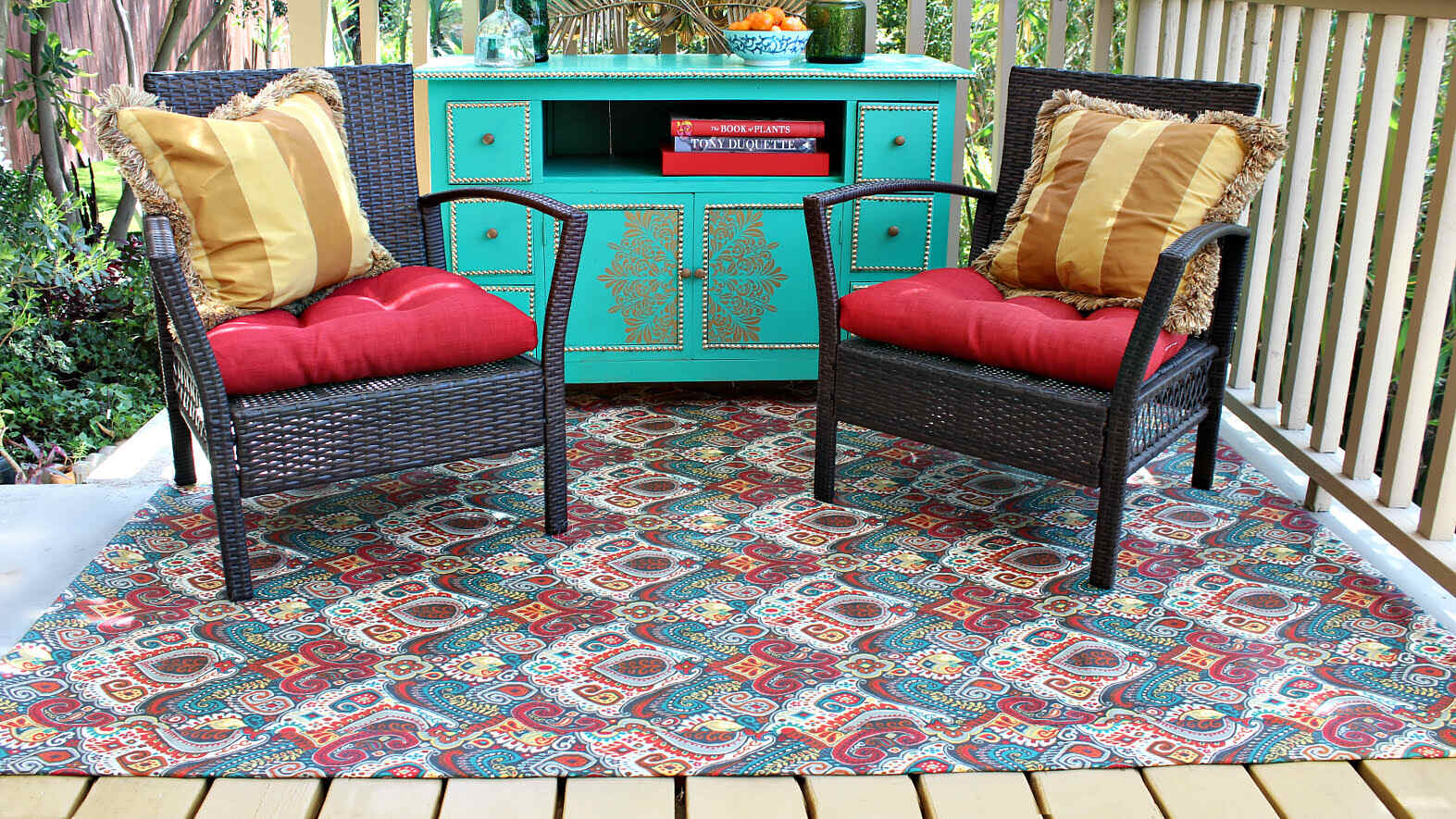
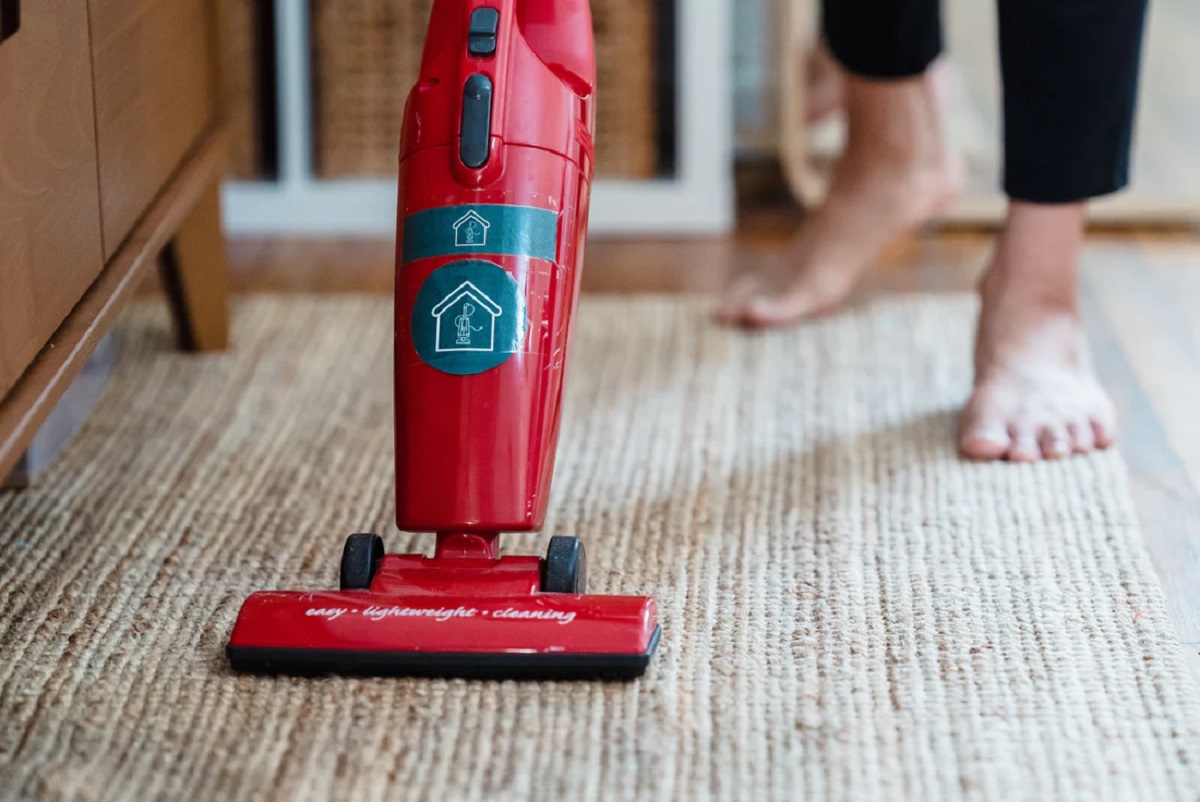
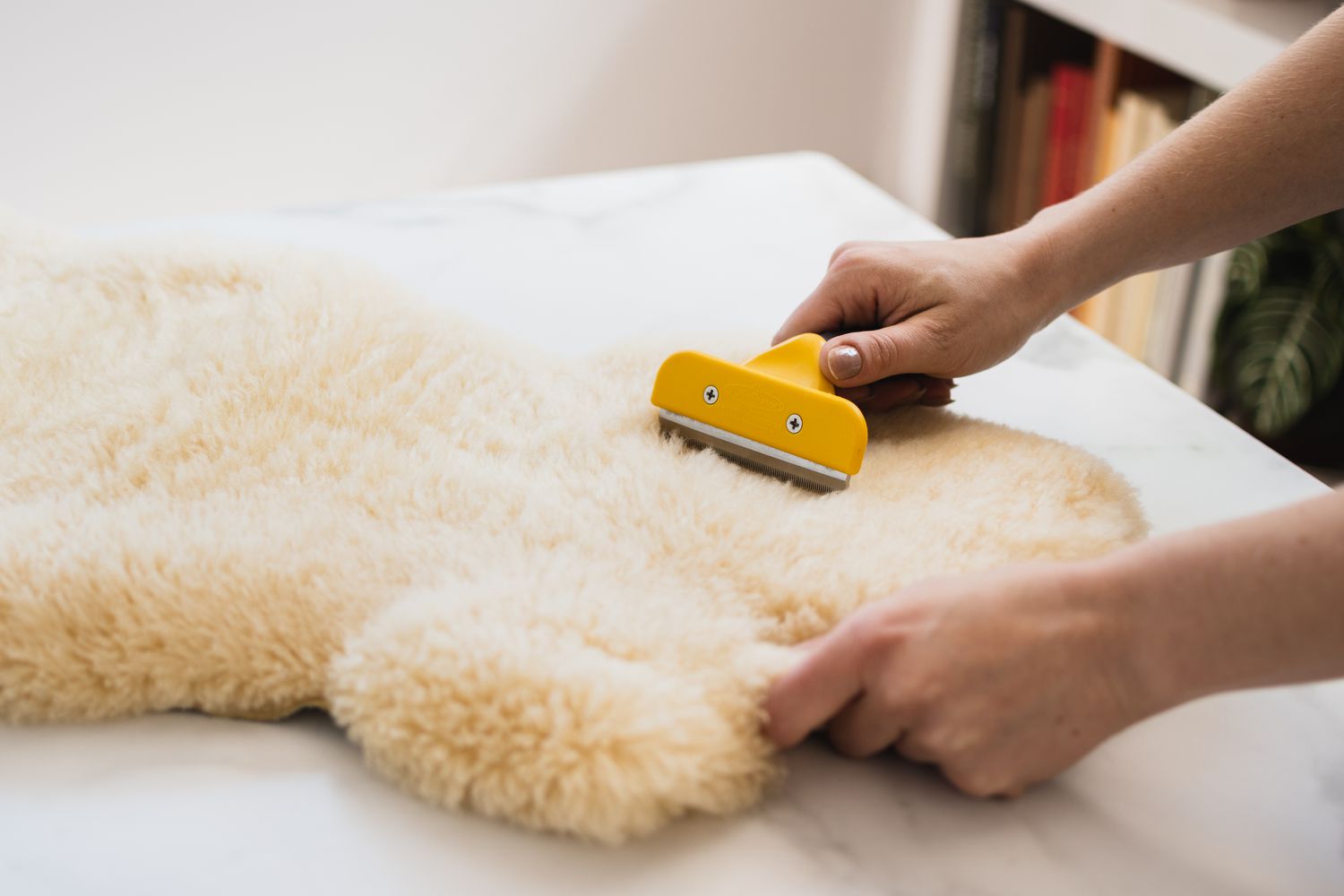
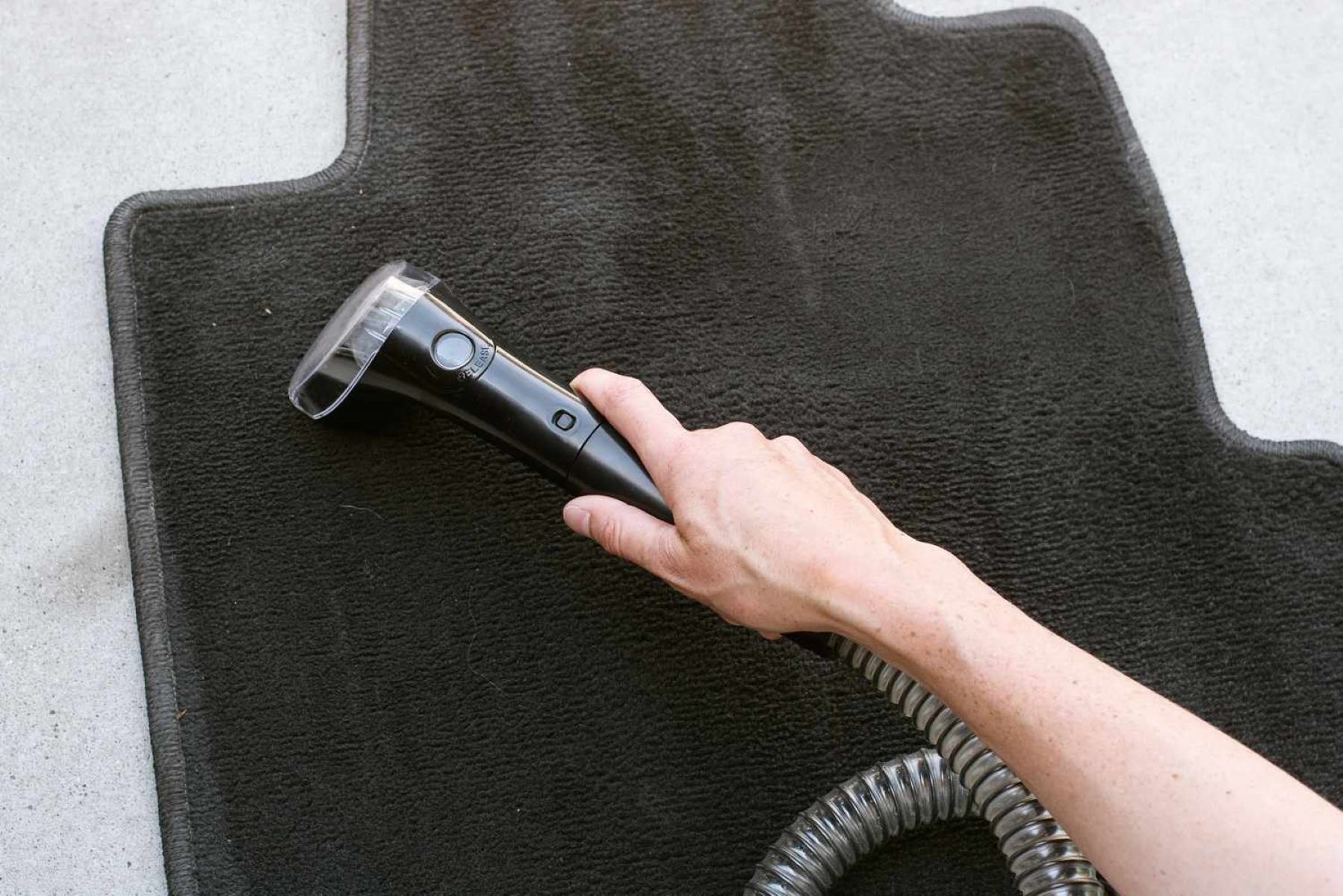

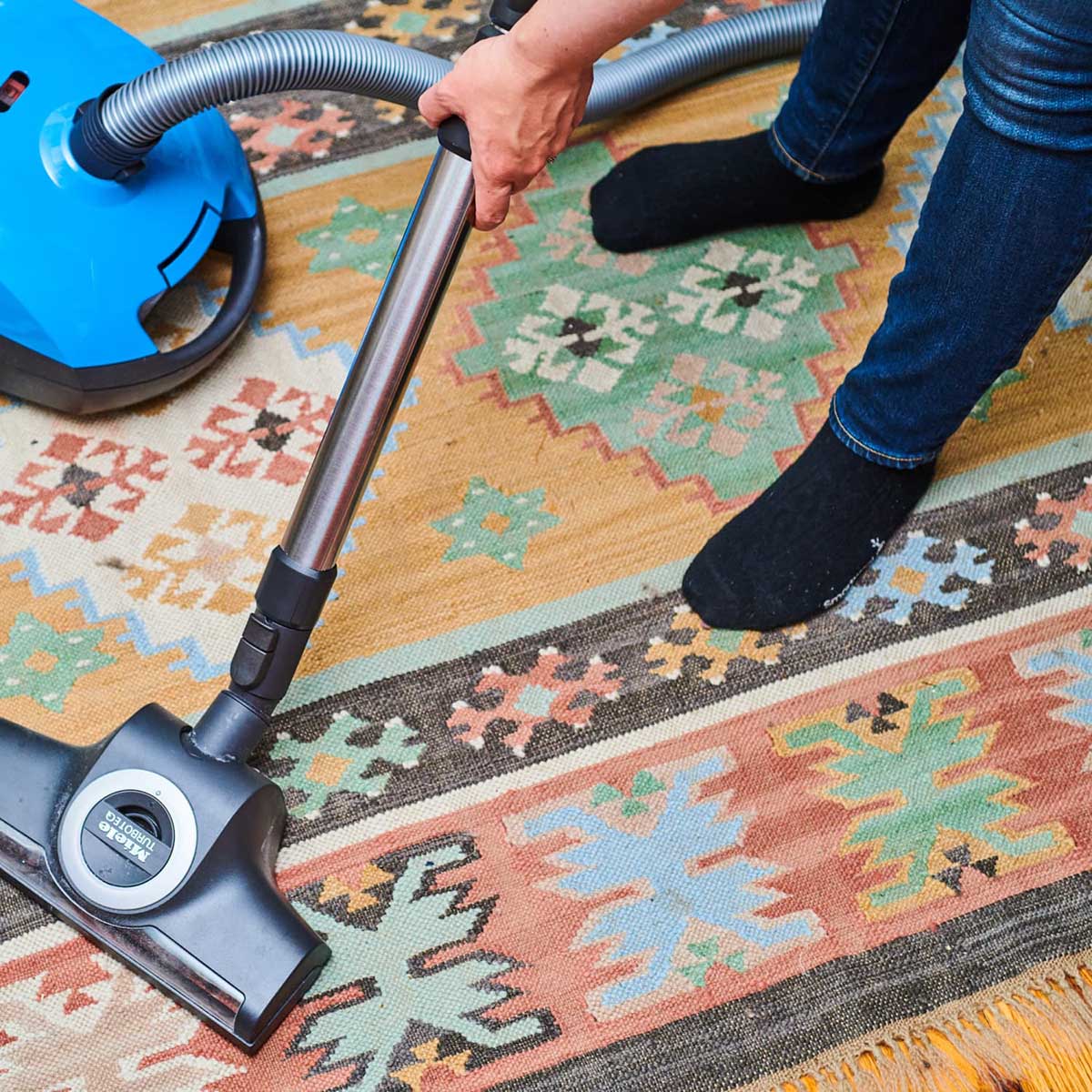

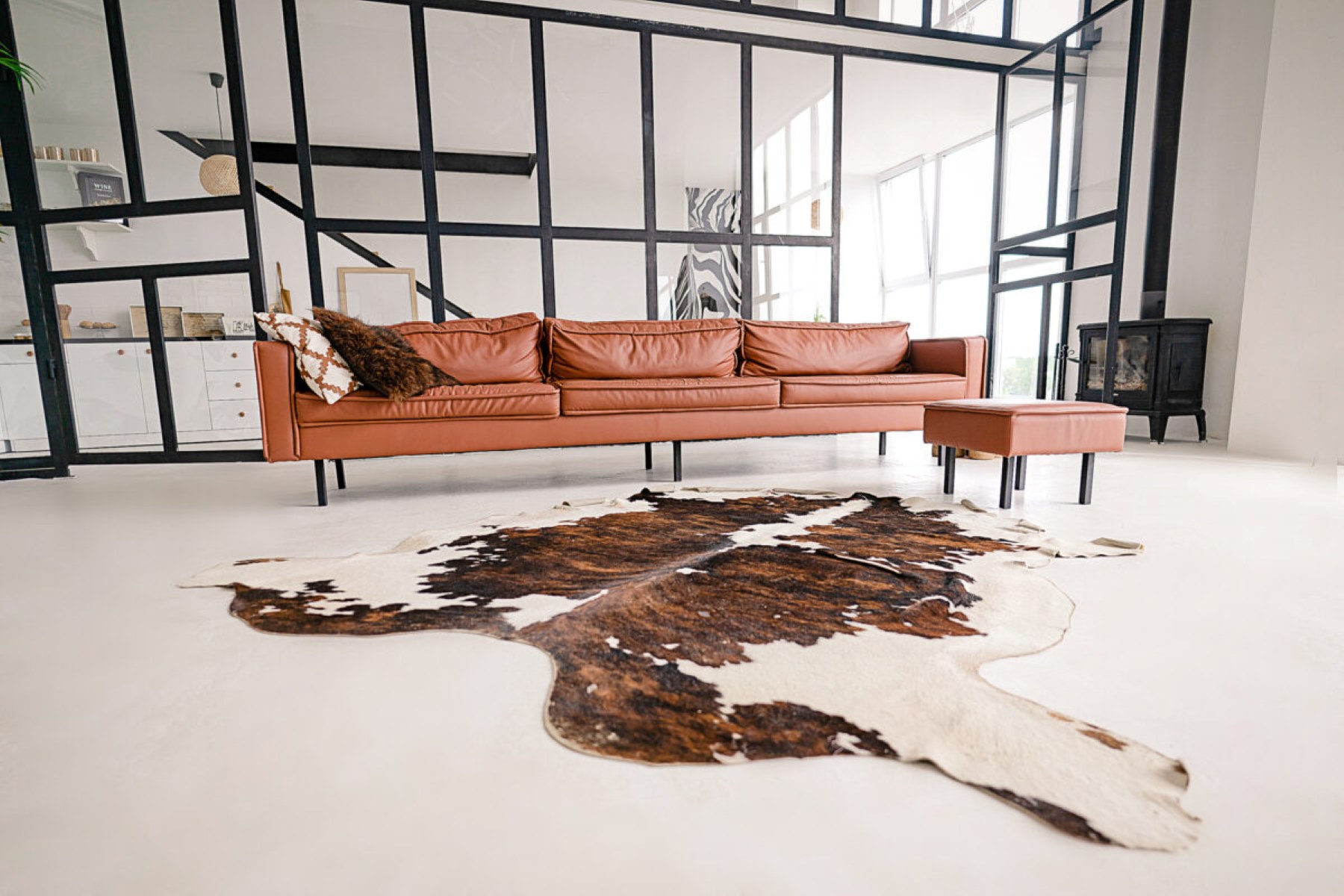
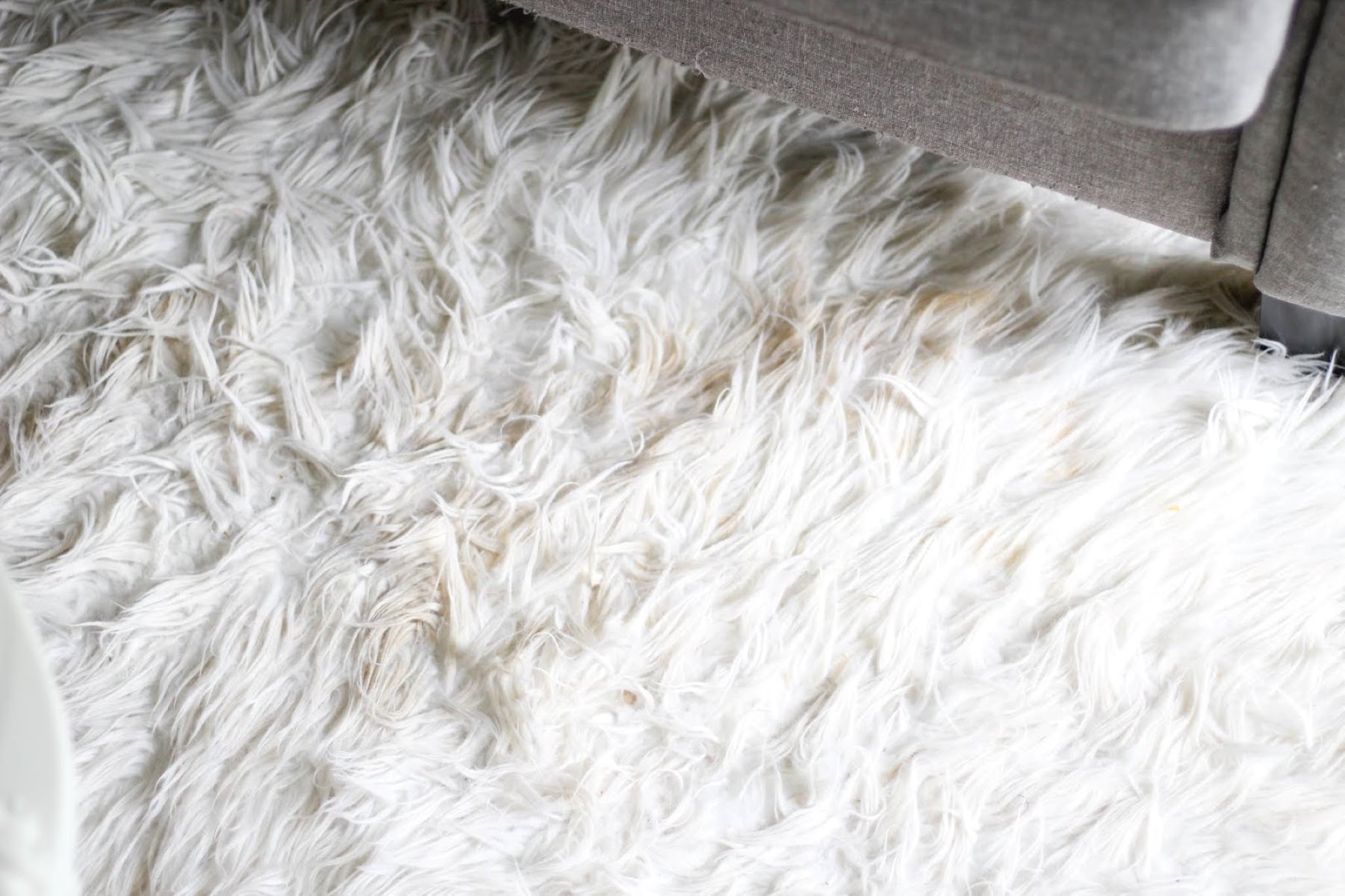

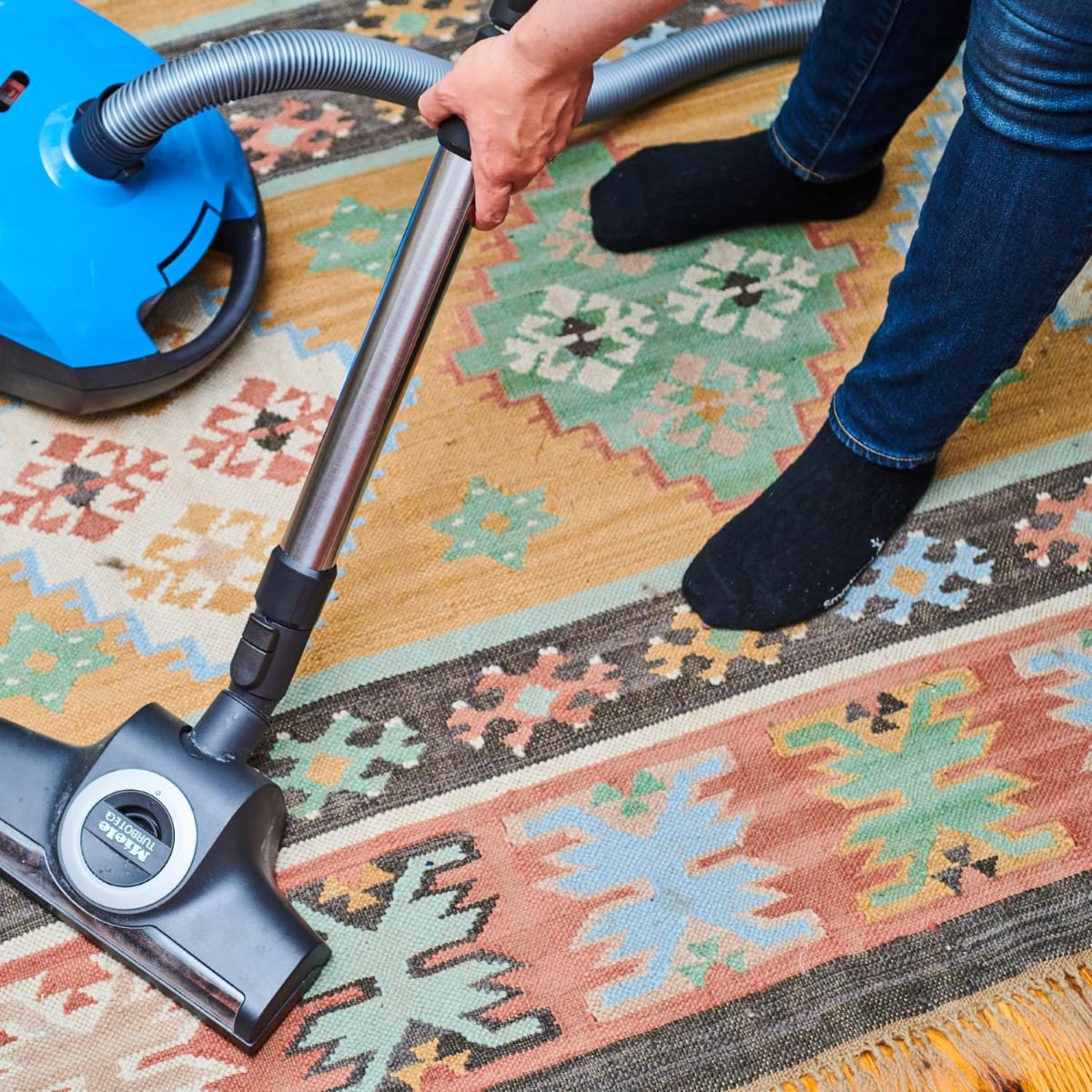

0 thoughts on “How To Clean An Outdoor Rug”